

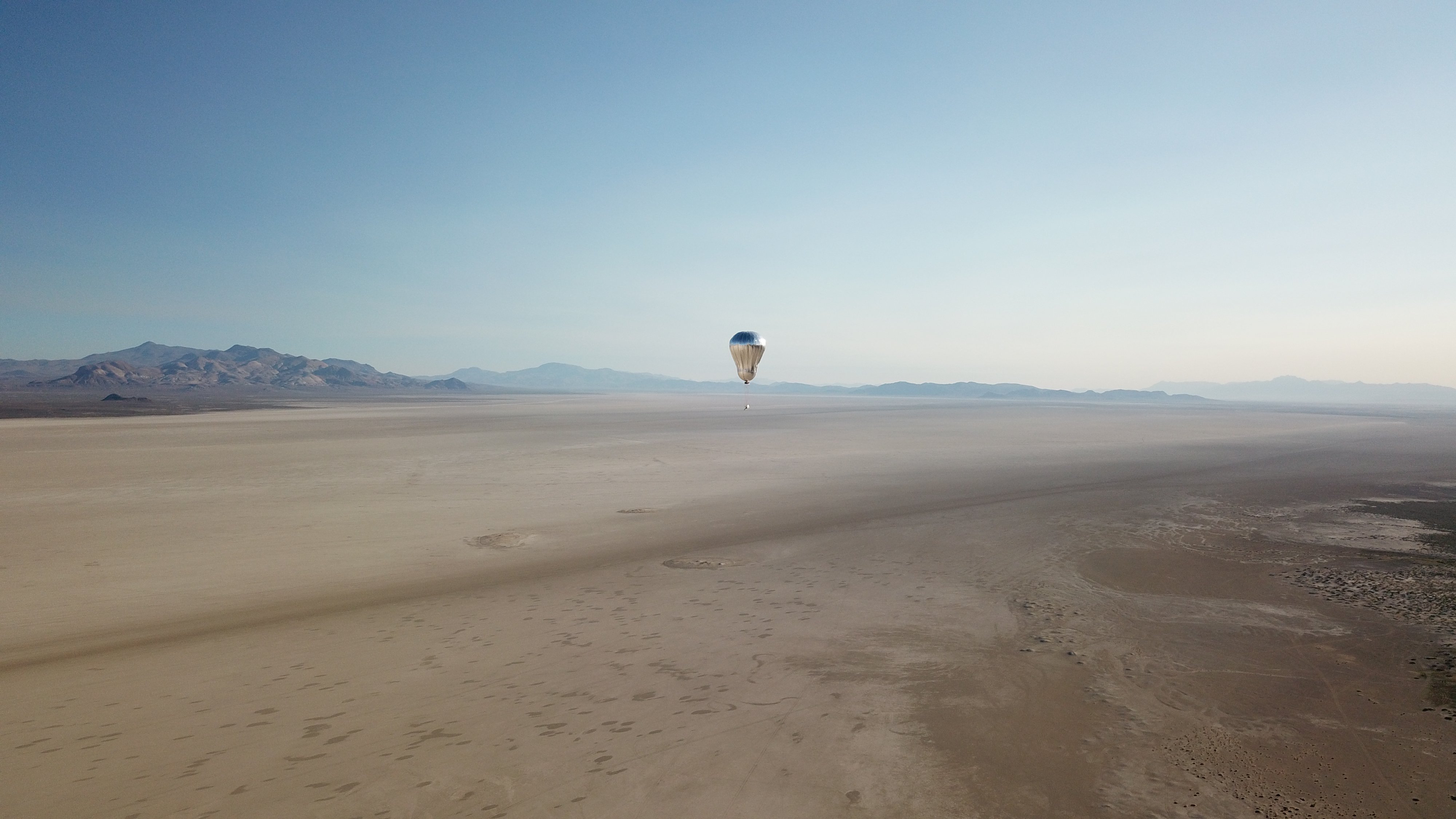
Picture: Prototype Venus aerobot in flight above the Blackrock desert, Nevada.
The clouds of Venus offer a unique environment: ample sunlight, Earth-like temperatures and pressures, and strong zonal winds that can carry an in situ aerial platform around the planet in just a few Earth days. This cloud layer is key to the solar radiative balance of the planet, the transport of materials between the atmosphere and the ground, and the interactions (physical, chemical, and possibly biological) between atmospheric constituents. The two Vega balloon flights in 1985, launched by the Soviet Union, successfully flew in the Venus clouds using superpressure balloons, which nominally have a relatively fixed buoyancy and provide access to only a single altitude.
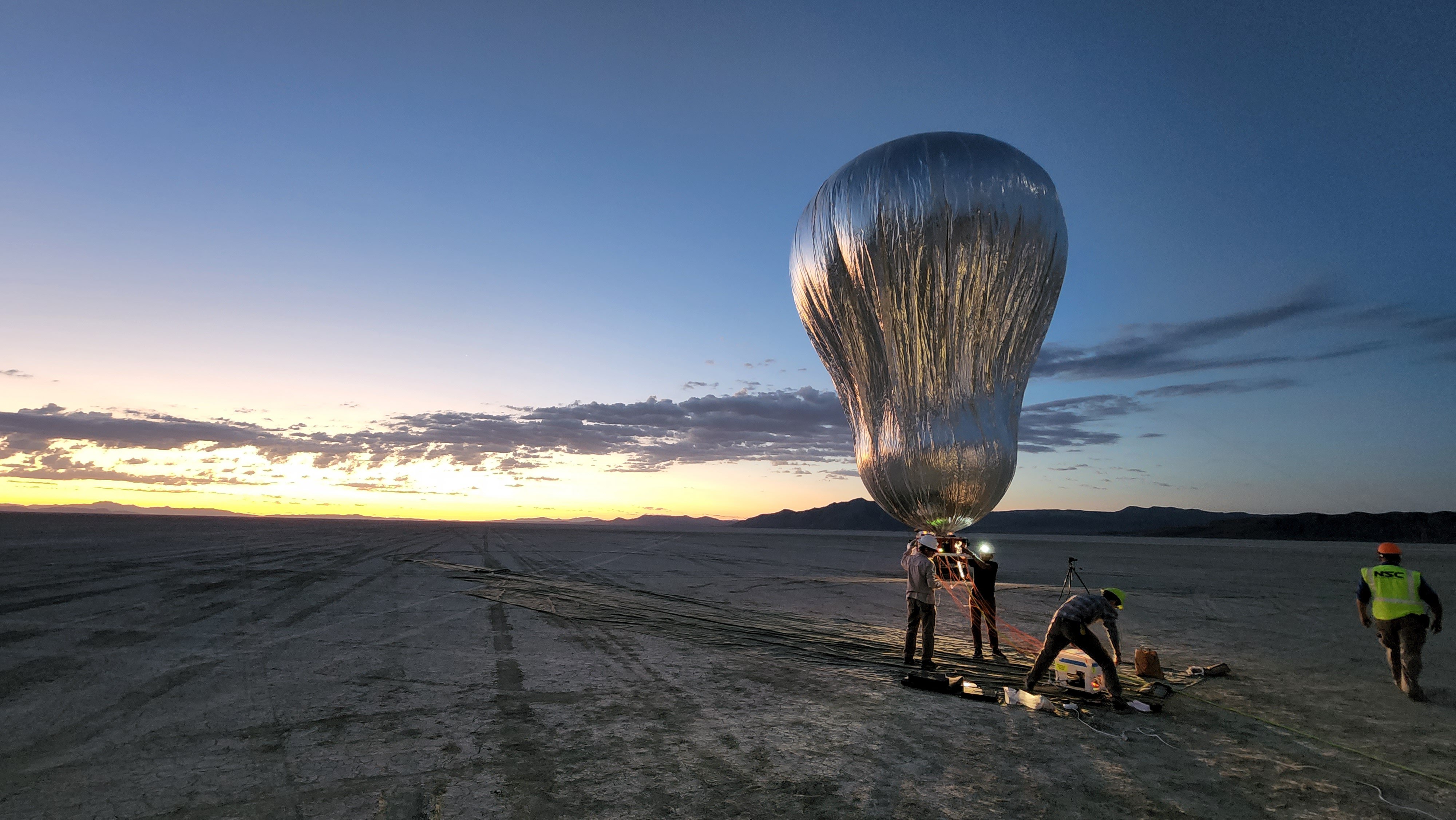
Picture: Sunrise launch of the second flight. Left to right: Michael Pauken (JPL), Ashish Goel (JPL), Jacob Izraelevitz (JPL), Tim Lachenmeier (NSC).
The Venus Variable-Altitude Aerobot task is taking the next step in balloon exploration capability by designing controllable variable-buoyancy balloons - providing access to a large range of altitudes over the course of the flight, and accordingly increased science return. The “aerobot”, a spacecraft consisting of both the balloon and its payload, is expected to sample aerosols, measure atmospheric conditions & processes, and listen for seismic activity from the surface.
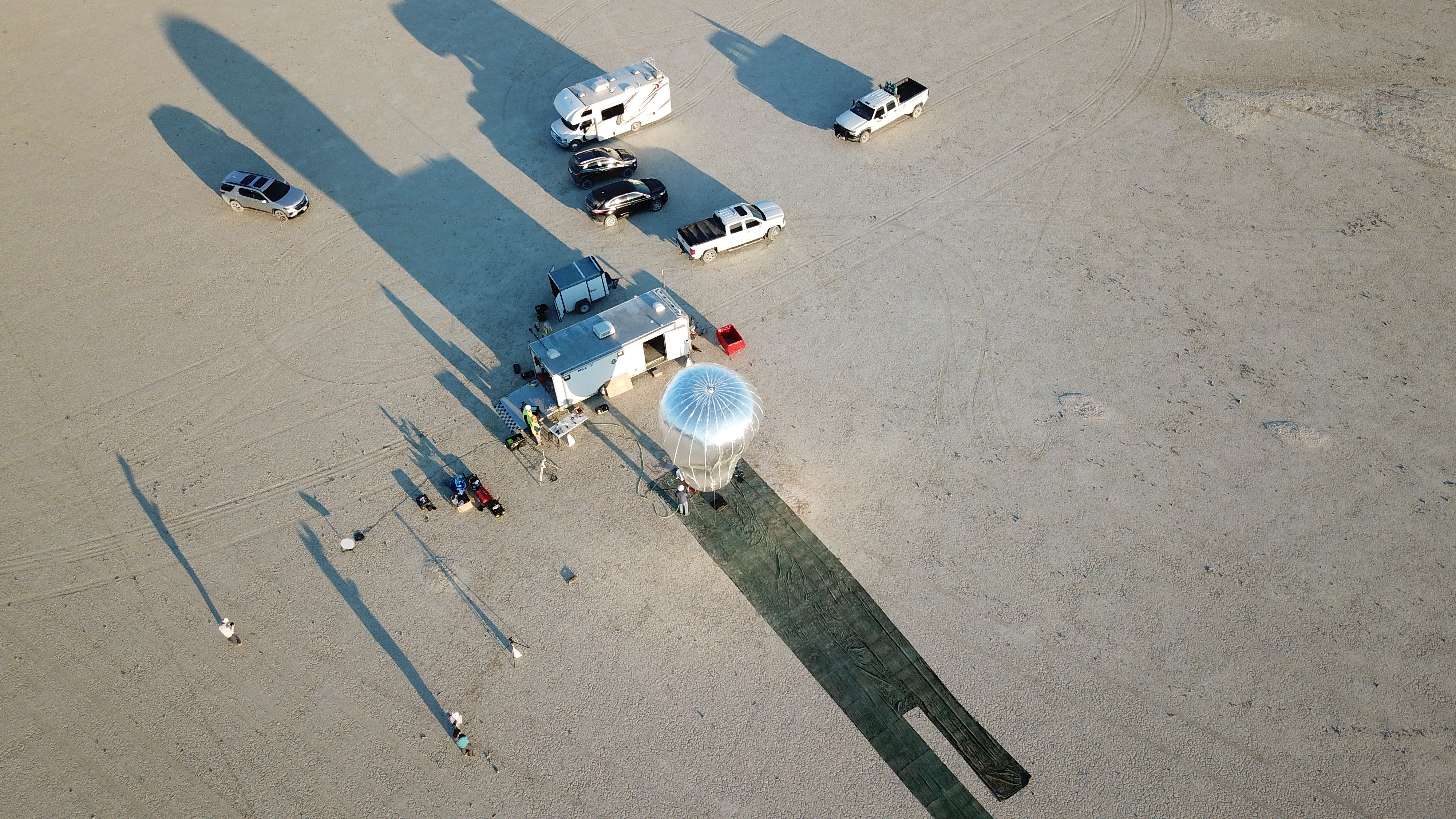
Picture: Team readies the inflated aerobot for the launch of its first flight.
The task focus is on:
![Picture: [Left to right] Ashish Goel (JPL), Siddharth Krishnamoorthy (JPL), and Jacob Izraelevitz (JPL) set up the aerobot prototype as the planet Venus rises in the Eastern sky.](/media/images/20220714_045501.original.jpg)
Picture: [Left to right] Ashish Goel (JPL), Siddharth Krishnamoorthy (JPL), and Jacob Izraelevitz (JPL) set up the aerobot prototype as the planet Venus rises in the Eastern sky.
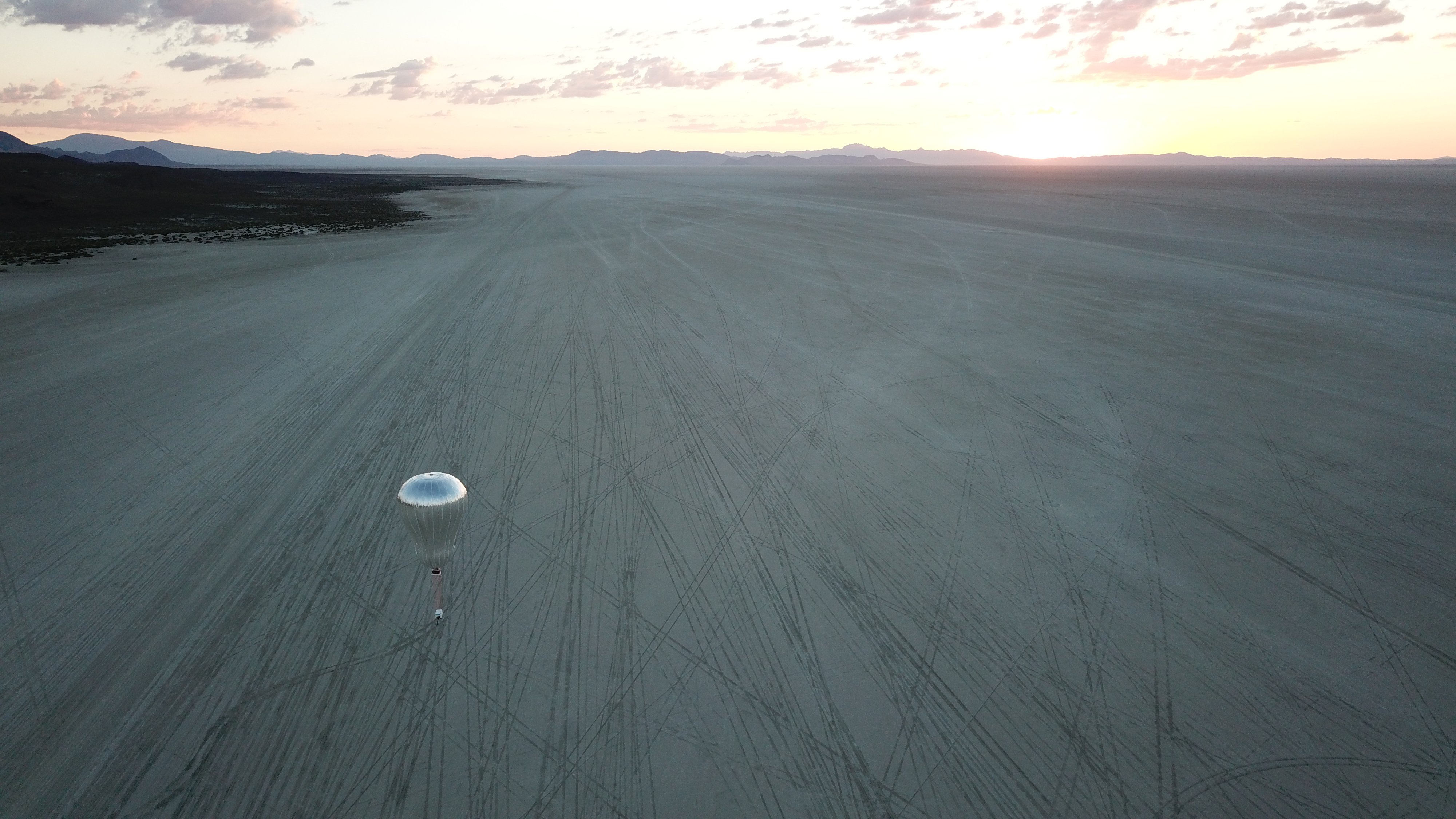
Picture: Prototype Venus aerobot in its second flight, at sunrise.
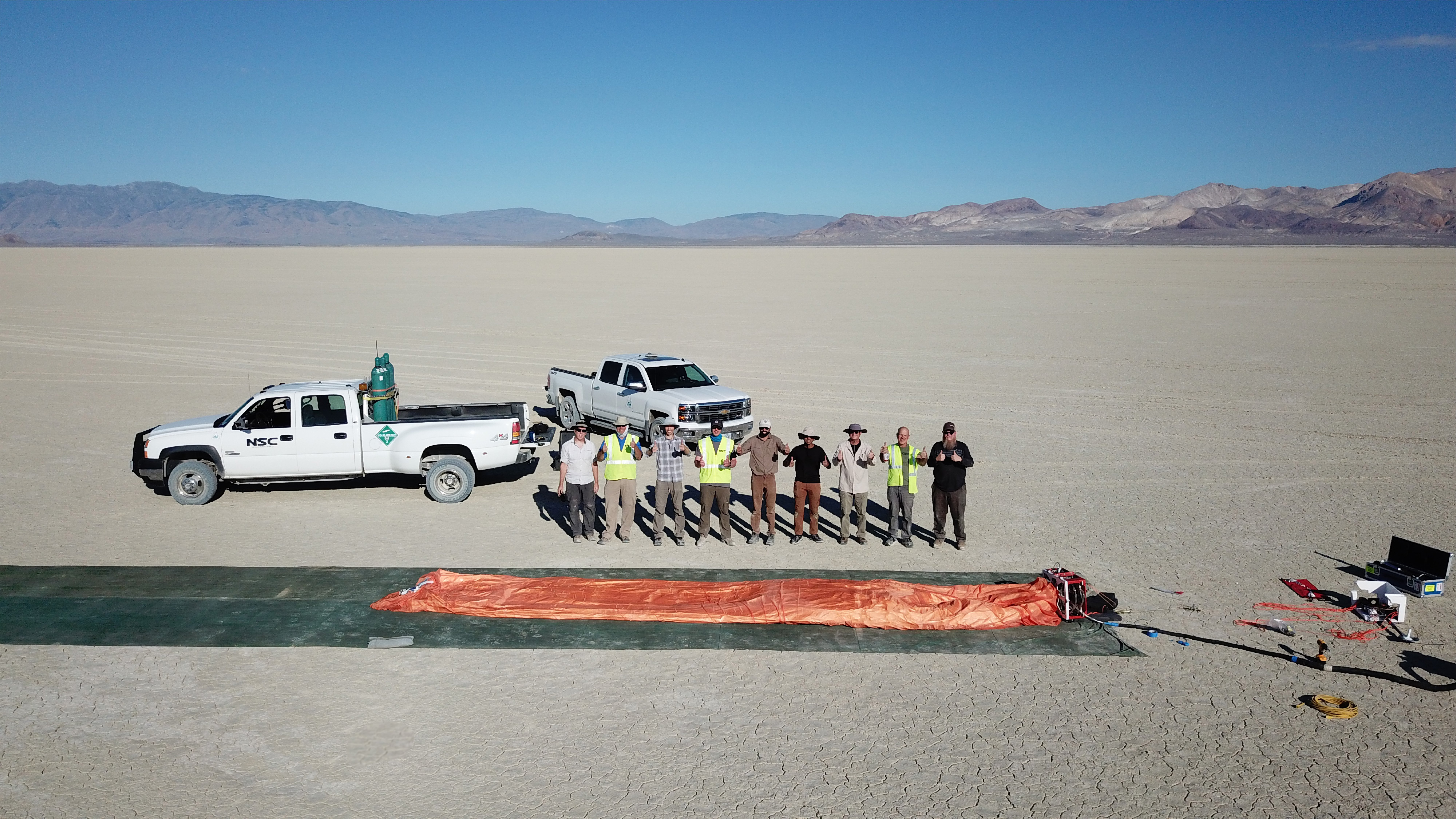
Picture: Aerobot recovery after deflation, safely back in its orange packaging sleeve. Left to right: Gerry Walsh - JPL Radio/Comms, Tim Lachenmeier - NSC Co-Investigator & CEO, Jacob Izraelevitz - JPL Principal Investigator, Caleb Turner - NSC Project Lead, Siddharth Krishnamoorthy - JPL Avionics, Ashish Goel - JPL Mechanical, Michael Pauken - JPL Materials/Thermal, Rich Bauer – NSC Mechanical Tech, Allen Dial - NSC Electronic Tech.
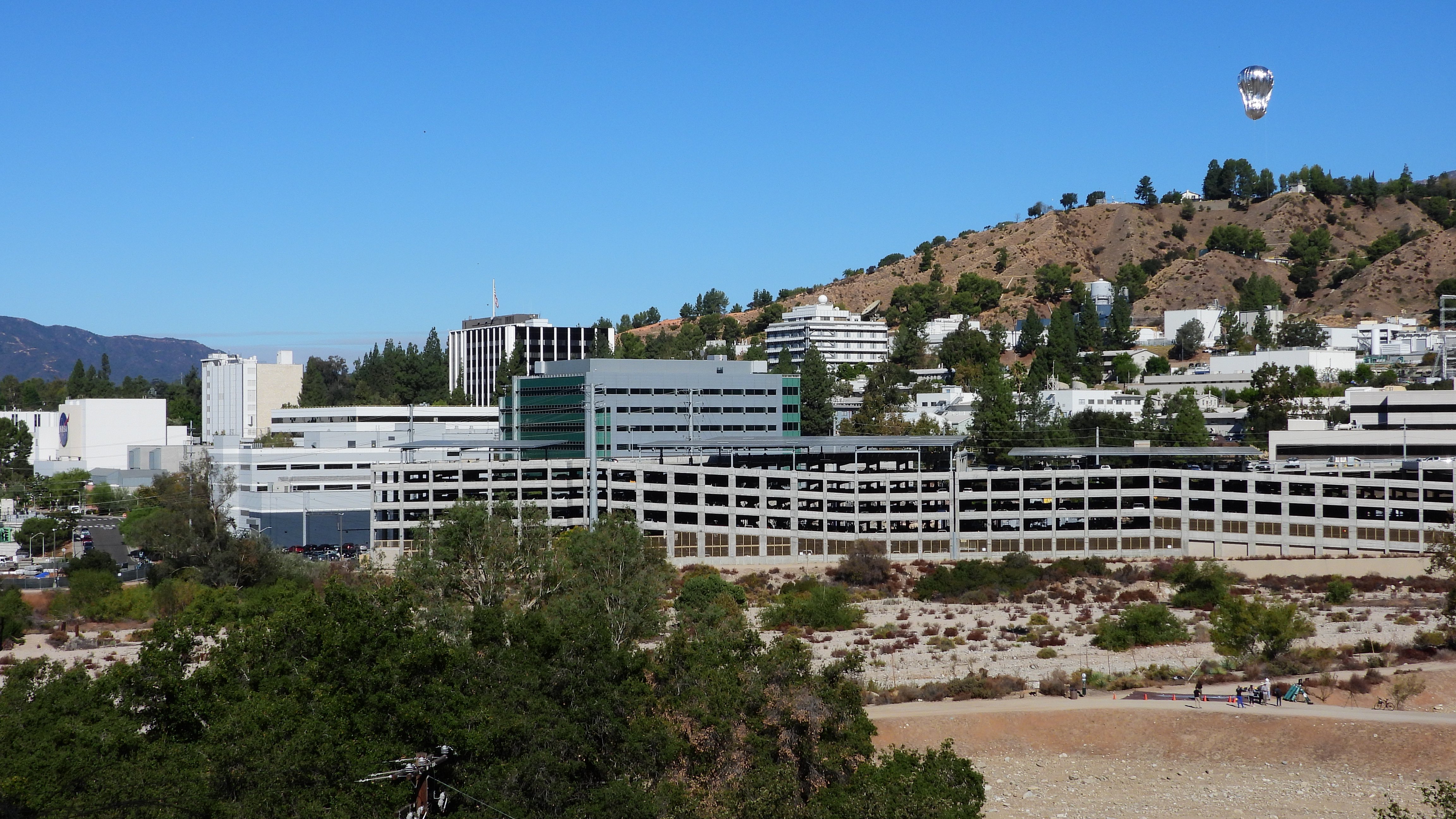
Picture: Venus aerobot prototype aerobot in a tethered flight over NASA-JPL
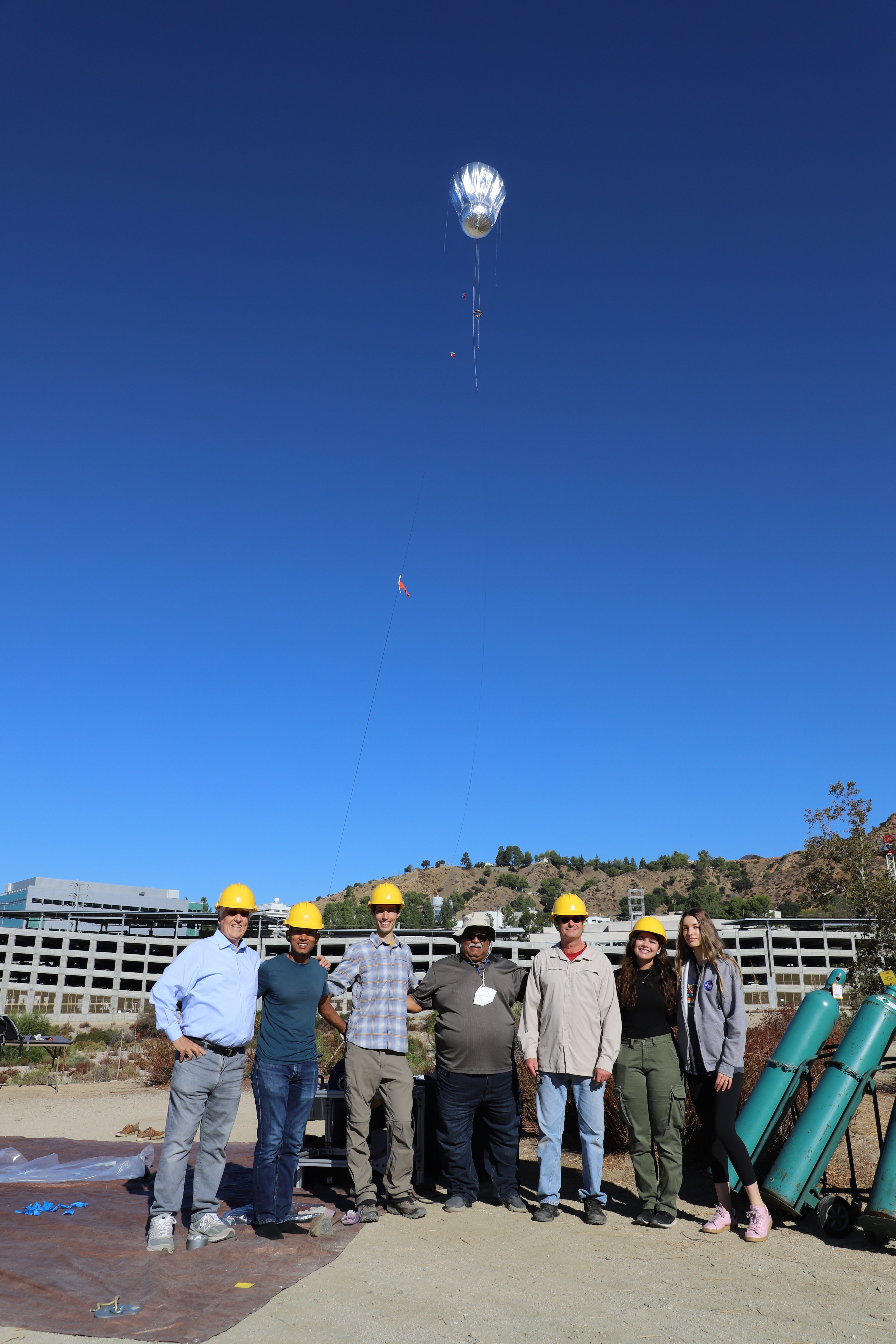
Picture: Group photo of tethered Venus aerobot flight at NASA-JPL. Left to right: Jim Cutts, Ashish Goel, Jacob Izraelevitz, Kirk Barrow, Mike Pauken, Tonya Beatty, Carolina Aiazzi